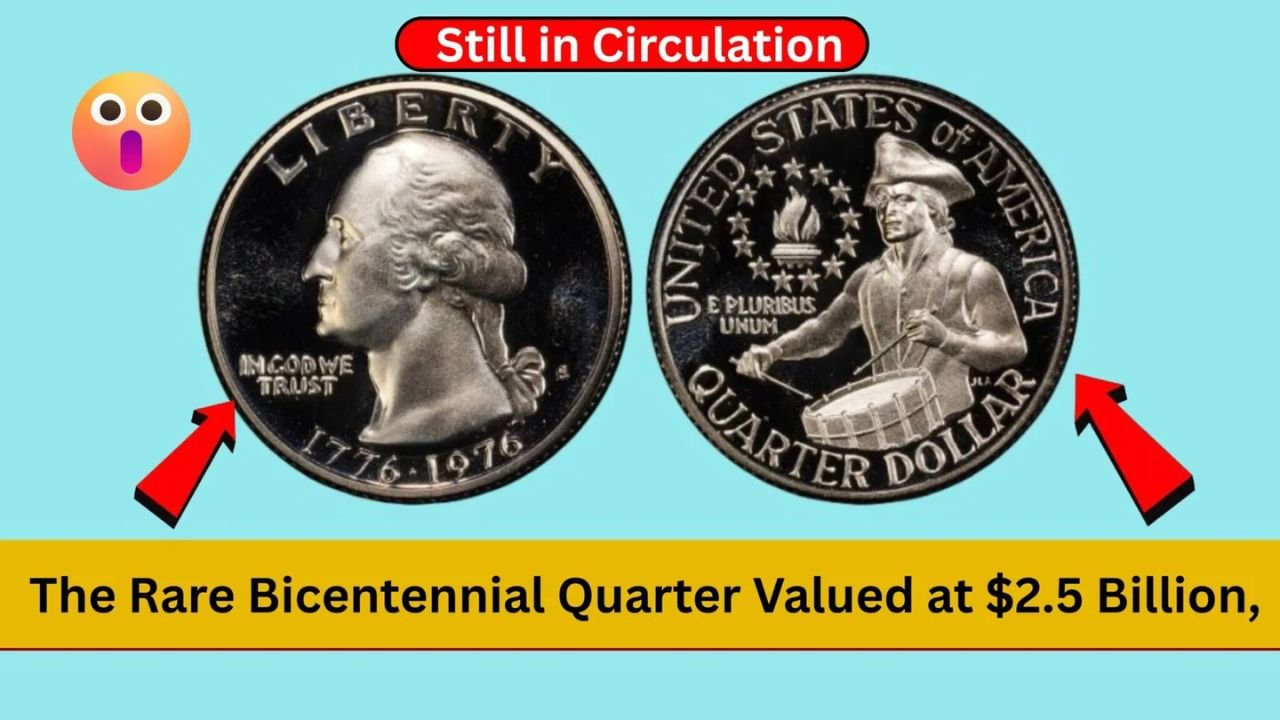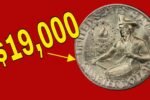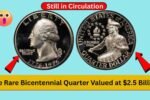The Lincoln Wheat Penny has captured the imagination of coin collectors and history lovers alike. With its iconic design, historical significance, and the possibility of discovering a rare variant, this humble penny has become a hot topic in numismatic circles. Recently, rumors have sparked excitement—suggesting that a particular version of the Lincoln Wheat Penny might be worth as much as $4 billion. While the truth is more grounded, the excitement is very real.
In this article, we’ll explore the story behind the Lincoln Wheat Penny, why it’s so valuable, and what to look for if you’re hoping to uncover one of these hidden treasures.
What is the Lincoln Wheat Penny?
The Lincoln Wheat Penny was first minted in 1909 to commemorate the 100th anniversary of President Abraham Lincoln’s birth. It holds the distinction of being the first U.S. coin to feature a real person. Designed by Victor David Brenner, the front side of the penny features Lincoln’s profile, while the reverse side showcases two stylized wheat stalks, hence the name “Wheat Penny.”
These pennies were minted until 1958, after which the reverse design changed to feature the Lincoln Memorial. Despite the design change, Wheat Pennies remain popular due to their symbolism, vintage charm, and, in rare cases, exceptional value.
What Makes the Lincoln Wheat Penny Valuable?
The rarity and error variants of certain Wheat Pennies make them highly valuable. One of the most sought-after versions is the 1943 Bronze Lincoln Wheat Penny. During World War II, copper was reserved for military use, so the U.S. Mint produced pennies using zinc-coated steel. However, a few pennies were mistakenly struck on leftover bronze planchets from 1942.
These 1943 bronze error coins are incredibly rare, with only a few known to exist. Some collectors claim that these coins could be worth millions, and a few even speculate on values up to $4 billion—though actual auction prices have been significantly lower (but still in the million-dollar range).
Key Facts: Lincoln Wheat Penny At a Glance
| Feature | Details |
|---|---|
| Coin Name | Lincoln Wheat Penny |
| First Minted | 1909 |
| Designer | Victor David Brenner |
| Material | Mostly copper (some rare bronze and steel errors) |
| Most Valuable Variant | 1943 Bronze Error Penny |
| Estimated Value Range | $0.10 to over $1 million (rumored up to $4 billion) |
How to Identify a Valuable Lincoln Wheat Penny
Want to know if you’ve struck gold in your spare change? Here are a few tips:
Also Read – New Activa 7G coming soon for melts the heart of short height girls
- Check the Year: The most valuable pennies were minted in 1909 (especially the 1909-S VDB) and 1943 (bronze variant).
- Examine the Metal: In 1943, pennies should be silver-colored steel. If yours is bronze (copper-colored), it could be a rare error coin.
- Look for Mint Marks: Coins with a small “S” (San Francisco) or “D” (Denver) under the date may be worth more.
- Condition Matters: Pennies in better condition fetch higher prices. Avoid cleaning your coins as it can lower their value.
Where Can You Find a Lincoln Wheat Penny?
Rare coins don’t always come from fancy auctions. Many collectors have found Lincoln Wheat Pennies in:
- Old piggy banks or coin jars
- Estate sales or inherited coin collections
- Flea markets or garage sales
- Pocket change (yes, it happens!)
How to Authenticate Your Lincoln Wheat Penny
If you suspect you’ve found a valuable coin, don’t rely on guesswork. Reach out to professional grading services such as:
- PCGS (Professional Coin Grading Service)
- NGC (Numismatic Guaranty Company)
These organizations can provide official verification of authenticity and condition, both of which heavily influence the coin’s value.
Realistic Value Estimates
While stories of a $4 billion penny generate excitement, most rare Lincoln Wheat Pennies sell in the $100,000 to $1,000,000 range. Here’s a breakdown:
| Variant | Estimated Value |
| Common Wheat Penny | $0.10 to $5 |
| 1909-S VDB | $700 to $2,000+ |
| 1943 Bronze Error | $300,000 to $1,700,000+ |
Even common Wheat Pennies can be worth more than face value—especially if they’re in excellent condition or have unique mint marks.
Why the Lincoln Wheat Penny Matters
Beyond the potential for profit, the Lincoln Wheat Penny is a tangible piece of American history. It’s a coin that tells stories—from Abraham Lincoln’s legacy to the resourcefulness during wartime production changes. Every penny offers a little piece of the past, and that alone makes it worth collecting.
Final Thoughts
The Lincoln Wheat Penny isn’t just spare change—it’s a symbol of American heritage and, in some cases, a hidden treasure. While the idea of a $4 billion penny may be exaggerated, there are still coins out there worth hundreds of thousands, even millions. If you come across an old penny, take a moment to inspect it—you never know, you might be holding history in your hands.
FAQs
Q1. Why is the 1943 Lincoln Wheat Penny so valuable?
A: It was supposed to be made from steel. A few were mistakenly struck on bronze, making them extremely rare and valuable.
Q2. Can I still find a Lincoln Wheat Penny in circulation?
A: Yes, though rare, some Wheat Pennies still pop up in pocket change or old collections.
Q3. How do I check if my Lincoln Wheat Penny is worth anything?
A: Look at the year, material, and mint mark. Then consult a coin grading expert for an evaluation.
Q4. Is it true a Lincoln Wheat Penny is worth $4 billion?
A: No confirmed sale has reached that amount. It’s more of a rumor or exaggerated estimate, though some versions have sold for over $1 million.
Q5. Where can I get my Lincoln Wheat Penny appraised?
A: Reputable services include PCGS, NGC, or your local coin dealer.
Some Important Link
| Telegram Group | Click Here |
| WhatsApp Group | Click Here |
| Home Page | Click Here |















